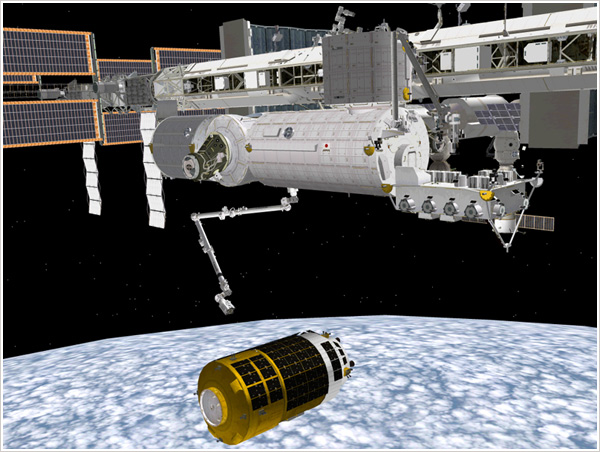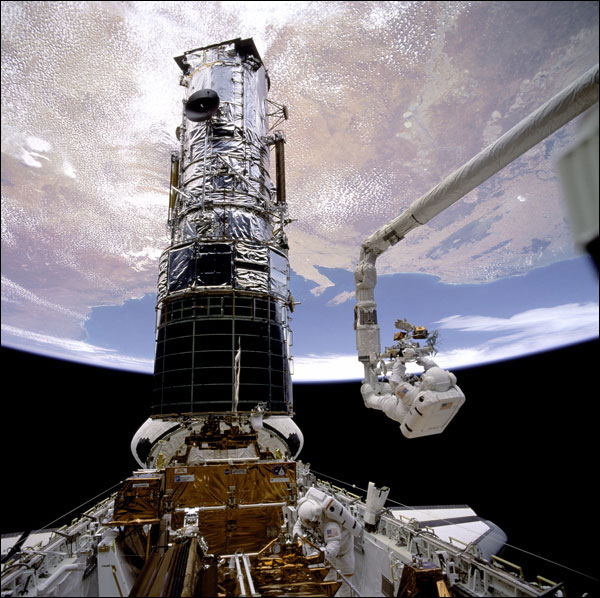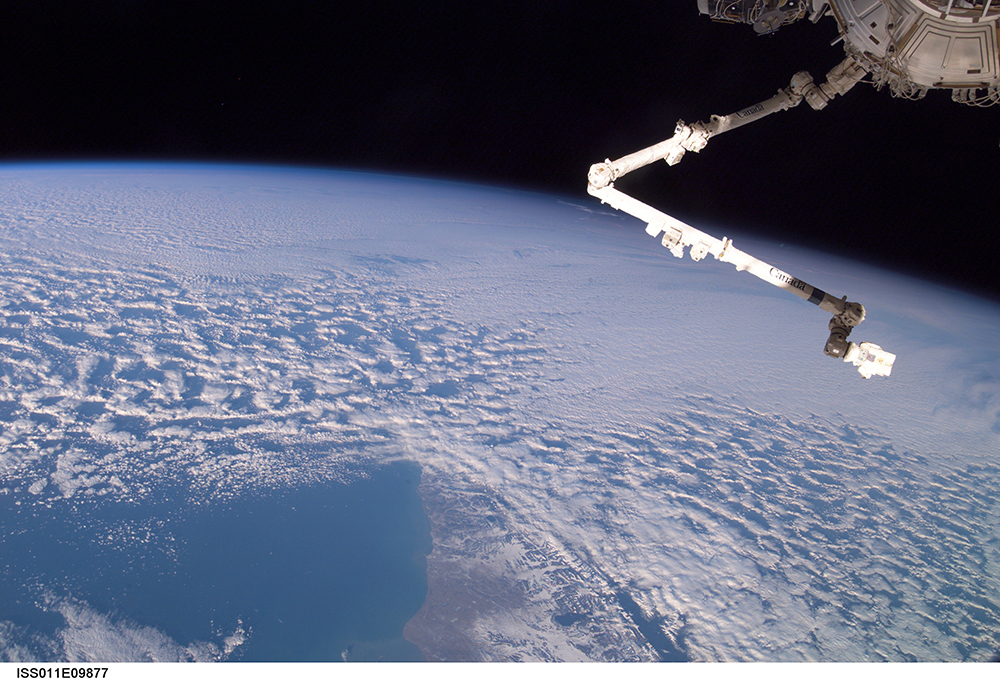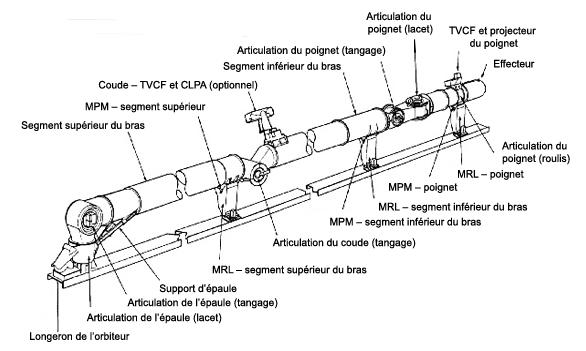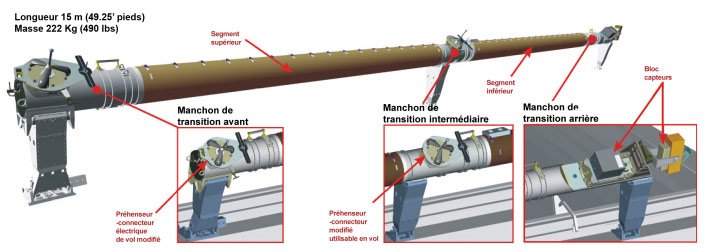2000
THE INTERNATIONAL SPACE STATION ARM
On April 19, 2001, at 6:40 p.m., Chris Hadfield took off from Cape Canaveral. Aboard the shuttle Endeavor, he headed toward the International Space Station with six other astronauts and five tons of material. His mission? Install Canadarm2, the new arm manufactured by the Canadian Space Agency.


